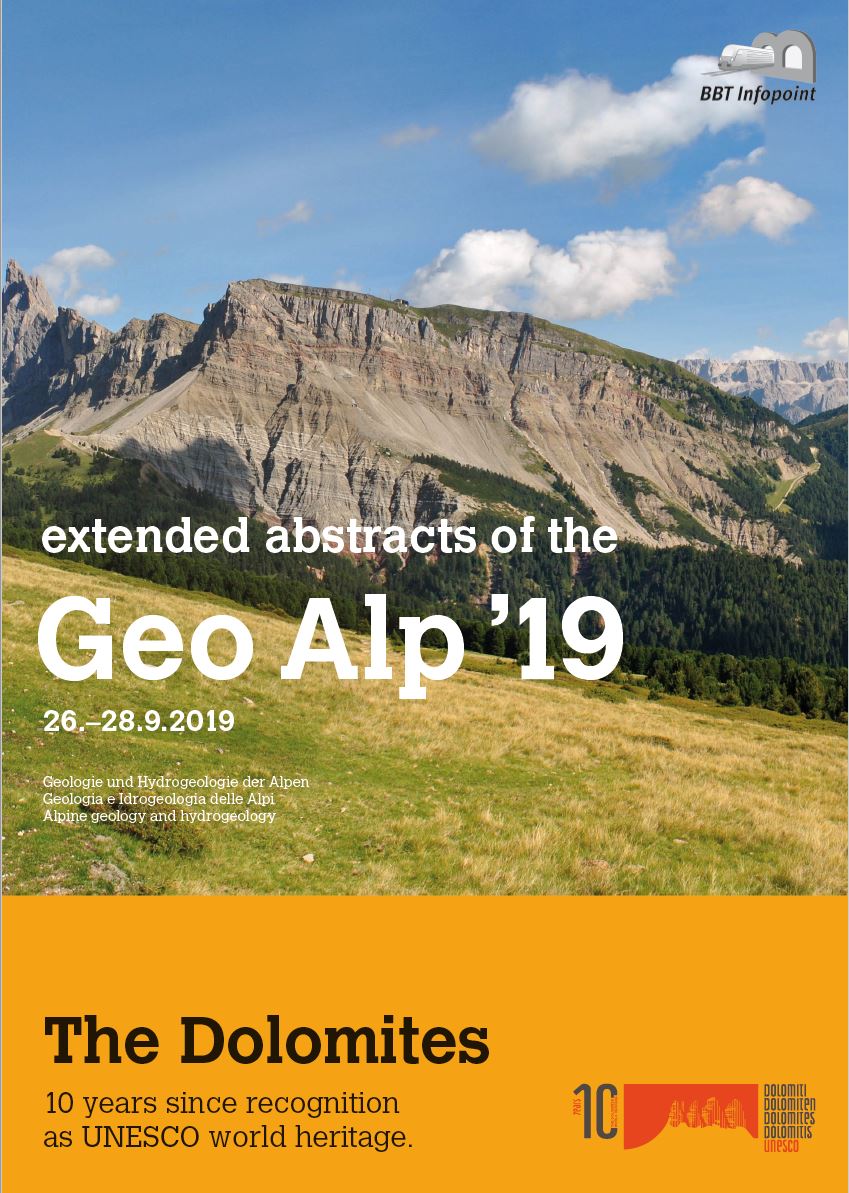Vollständiger Titel der Publikation:
Triassic macro- and microfloras of the Eastern Southern Alps
Vollständige Autorenliste:
Evelyn Kustatscher, Hendrik Nowak, Giuseppa Forte, Guido Roghi & Johanna H.A. van Konijnenburg-van Cittert
Abstract (de):
In diesem Artikel geben wir einen Überblick über die historischen und neueren Makro- und Mikrofloren der Trias in den östlichen Südalpen. Neben den makrofossilen Sammlungen ermöglichen die palynologischen Daten vieler Fundorte die Rekonstruktion der Umweltbedingungen in den verschiedenen Stadien der Trias in den Südalpen. Darüber hinaus ermöglicht die (chrono-)stratigraphische Überarbeitung der verschiedenen Fundorte ein besseres Verständnis der geografischen und zeitlichen Verteilung der verschiedenen Taxa. Wir weisen das als Sphenozamites wengensis beschriebene Material der Gattung Macropterygium als Macropterygium wengensis (Wachtler et Van Konijnenburg-van Cittert, 2000) Kustatscher et Van Konijnenburg-van Cittert comb. nov. zu.
Abstract (en):
In this paper, we provide an overview of the historically known Triassic floras from the Eastern Southern Alps (e.g., Raibl and Recoaro), as well as the newer macro- and micro-plant assemblages that have been recorded during the 20th and 21st centuries. This includes some specimens stored in various European museums. The plant assemblages are presented here in chronostratigraphic order, starting with the Early Triassic, an interval of which only very few plant fragments are known from the area, whereas palynological data are available. In contrast to the Early Triassic, the Anisian floras (e.g., Kühwiesenkopf/Monte Prà della Vacca) are quite diverse, in both macrofloras – including in situ spores – and palynological assemblages. Similarly, the Ladinian of the Eastern Southern Alps is well known from the flora of Monte Agnello, which is outstanding in terms of both diversity and in total number of specimens, with additional information being derived from a large number of smaller macrofloral collections. The Carnian flora of the Eastern Southern Alps is also represented by a wide range of plant fossils, in contrast to the Norian/Rhaetian floras, which are represented only by a low number of macroremains and dispersed pollen and spores findings. A special subject of interest is the presence of amber in some of the Triassic sediments of the Southern Alps. Between the Wengen/La Valle and Heiligkreuz formations, the Dolomites represent the largest Triassic amber deposit known to date.
In addition to macrofossil collections, the palynological data from many localities permits the reconstruction of environmental conditions during the various stages of the Triassic in the Southern Alps. They provide evidence for at least three shifts from xerophytic to hygrophytic palynoassemblages. Moreover, (chrono-)stratigraphic revision of the various localities enables a better understanding of the geographic and temporal distribution of the various taxa.
Focusing on the overview picture of Triassic flora in the Eastern Southern Alps, only one necessary systematic aspect is highlighted herein. We transfer the material described as Sphenozamites wengensis to the genus Macropterygium as Macropterygium wengensis (Wachtler et Van Konijnenburg-van Cittert, 2000) Kustatscher et Van Konijnenburg-van Cittert comb. nov. The genus Macropterygium has been redefined for species with pinnate leaves with wedge-shaped segments that do not yield any cuticles and, thus, cannot be assigned to either the Cycadales or the Bennettitales, thereby distinguishing it from Apoldia and Sphenozamites.

